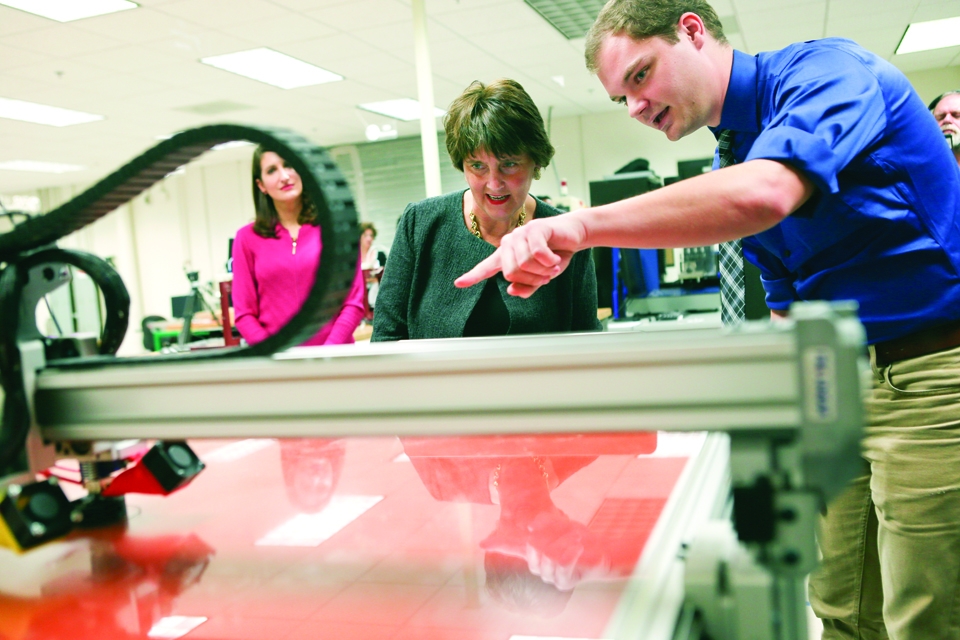
By Rebekah Devorak | Opinions Editor
Remember being a little kid and loving the story of Cinderella? Even if you didn’t adore it, chances are you were mesmerized by how, at exactly midnight, her dreamy fairytale ended. And you could at least understand Cinderella’s pain at 16 years old, when you had to rush home in the family car before the clock struck 11:00, lest you be pulled over with your pumpkin of a junior Pennsylvania license.
Well buckle up there, kiddos, because you could be living out the classic tale until you’re popping bottles at 21.
A study released by the Governors Highway Safety Association on Oct. 12 urged all U.S. states to continue enforcing junior license restrictions, including a ban on driving alone between the hours of 11 p.m. and 5 a.m., until the driver reaches 21 years of age. The study, titled “Mission Not Accomplished: Teen Safe Driving, the Next Chapter,” showed that the number of fatal accidents involving older teenagers between the ages of 18 to 20 increased 10 percent from the previous year. This was the first such event since 2006.
According to the Pennsylvania Department of Transportation, other junior license limitations include a 90-day license suspension if more than 6 points are accumulated or the driver is involved in a high-speed violation, requirements that the number of passengers in a car should not exceed the number of seatbelts available and the inability to have more than one non-family member passenger under the age of 18 in the vehicle.
Currently in Pennsylvania, these restrictions are only valid until the driver turns 18. After that, it’s free reign and long winding roads after dark.
The question that remains, though, is whether or not this would actually be a feasible idea that would improve driving safety for older teenagers or just concoct a group of quasi-adults who are peeved at having to wait longer to be treated as such.
In reality, it’s probably a little bit of both.
There are some obvious reasons as to why waiting until a driver is 21 before extending full license privileges is moderately difficult. First, it’s going to be irritating for the majority of young people who have to work late hours into the night, especially if the job is in retail or the food service industry. Most of those 18 to 20 who would have to yield to the junior license would be in college and would have no other option than to drive themselves. Ubering constantly would be expensive, walking may not be feasible and a friend or family member might not always be around to chauffeur.
Of course, drivers can still drive into the curfew hours with documentation if the violation is work-related. But verified papers of employment can be a rigmarole to secure, and matters would be made even more complicated if they were to actually be pulled over.
Not to mention, it would be careless to wait until a person’s 21st birthday to let him or her drive past midnight for the first time — on the same night when they are also most likely to be consuming a large amount of alcohol for the first time. Historically, cars and drivers under the influence of alcohol do not mix well.
But at the same time, a longer period of using the junior license limitations could actually have a profound impact on the frequency of fatal car accidents.
According to the Centers for Disease Control and Prevention, drivers aged 16 to 19 are three times more likely to get involved in a deadly crash than any other age group. Statistics from the National Highway Traffic Safety Administration state that males aged 15 to 20 are most likely to be speeding when they drive. The AAA Foundation for Traffic Safety says that the highest number of drunk drivers are on the road between midnight and 3 a.m.
Young people can’t be involved in fatal crashes during these susceptible moments if they’re not on the roads at all. But, regardless of where you stand on the matter, one thing is important: No matter your age, you should always drive safely.




